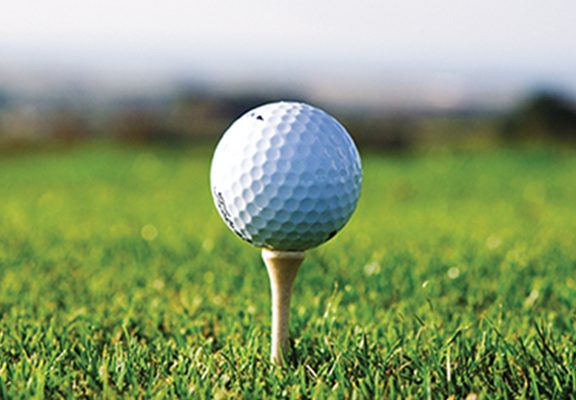Tickets on sale for LPGA major event at Sahalee
Photo by Scott Bisch

The R&A and USGA will update the testing conditions used for golf ball conformance under the Overall Distance Standard (ODS), which will take effect in January 2028. The decision aims to reduce the impact increased hitting distances have on golf’s long-term sustainability while minimizing the impact on the recreational game.
The revised ball testing conditions will be as follows: 125-mph clubhead speed (equivalent to 183 mph ball speed); spin rate of 2200 rpm and launch angle of 11 degrees. The current conditions, which were established 20 years ago, are set at 120 mph (equivalent to 176 mph ball speed), 2520 rpm with a 10-degree launch angle.
The revised conditions are based on analysis of data from the worldwide tours and the game over several years and are intended to ensure that the ODS (whose limit will remain unchanged at 317 yards with a 3-yard tolerance) continues to represent the ability of the game’s longest hitters. An analysis of ball speeds among golf’s longest hitters in 2023 shows that the fastest 10 players had an average ball speed of 186 mph, while the average ball speed of the fastest 25 was 183.4 mph (the very fastest averaged 190 mph).
The longest hitters are expected to see a reduction of as much as 13-15 yards in drive distance. Average professional tour and elite male players are expected to see a reduction of 9-11 yards, with a 5-7-yard reduction for an average LPGA or Ladies European Tour (LET) player.
The change in testing speed is expected to have a minimal distance impact, 5 yards or less, for most recreational golfers. Research shows an average swing speed of 93 mph for male golfers and 72 mph for female players.
Existing balls approved for conformance in 2027 may continue to be used by recreational golfers until January 2030 to give golfers, manufacturers and retailers additional time to adjust. These decisions are in line with the commitments made by the governing bodies at the project’s inception.
A significant portion of golf ball models that are currently in the market – and more than 30 percent of all golf ball models submitted for conformance across the game – are expected to remain conforming after these changes are applied.
“Governance is hard. And while thousands will claim that we did too much, there will be just as many who said we didn’t do enough to protect the game long-term,” said Mike Whan, CEO of the USGA.